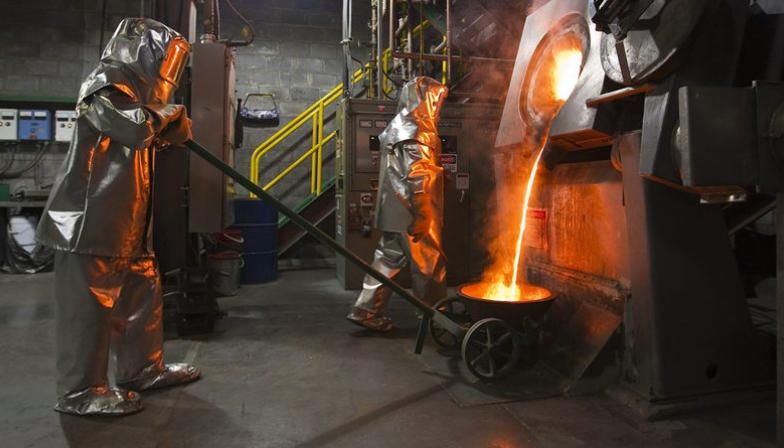The International Monetary Fund (IMF) lowered its forecast for global economic growth for 2019, citing increased trade tensions as the main source of risk for the forecast. According to forecasts, the world economy will grow by 3.5% in 2019, which is 0.2 percentage points lower than the forecast for October 2018. The projected growth rate is also 0.2 percentage points lower than the expected growth rate of 3.7% in 2018.
Growth in advanced economies is expected to slow from about 2.3% in 2018 to 2.0% in 2019, while growth in emerging and developing economies is expected to decline slightly to 4.5 % in 2019 from 4.6% in 2018.
Also in January 2019, the World Steel Association (worldsteel) published its annual report on global production of crude steel, which shows that global steel production grew by 4.6% in 2018 to 1,808.6 million tons compared to 1,729 , 8 million tons in 2017. In all regions of the world, an increase in raw steel production was registered in 2018, except for the EU, where there was a decrease of 0.3%.
Among emerging economies, China’s growth will continue to slow due to tighter financial regulations and trade tensions with the United States. The country reported an increase of 6.6% in 2018, the weakest since 1990. In the future, the IMF predicted that China’s economic growth will slow even further in 2019 to 6.2%. As for India, the IMF hopes that the country's economy will benefit from lower oil prices and slower monetary tightening after easing inflationary pressures. Thus, it is expected that the Indian economy will grow from 7.3% in 2018 to 7.5% in 2019.
As for steel consumption, earlier Worldsteel predicted a 3.9% annual growth in global demand for finished steel to 1,657.9 million tons in 2018. However, growth in global steel demand is expected to slow to 1.4% year-on-year in 2019 to 1,681.2 million tons.
Turning to 2019, the situation may be quite different. The country's two largest steel consumption sectors — construction and automotive — are already showing signs of a slowdown. On the other hand, steel exports from China began to grow, whose volumes grew by 33.3% year-on-year in January 2019 to 6.19 million tons.



